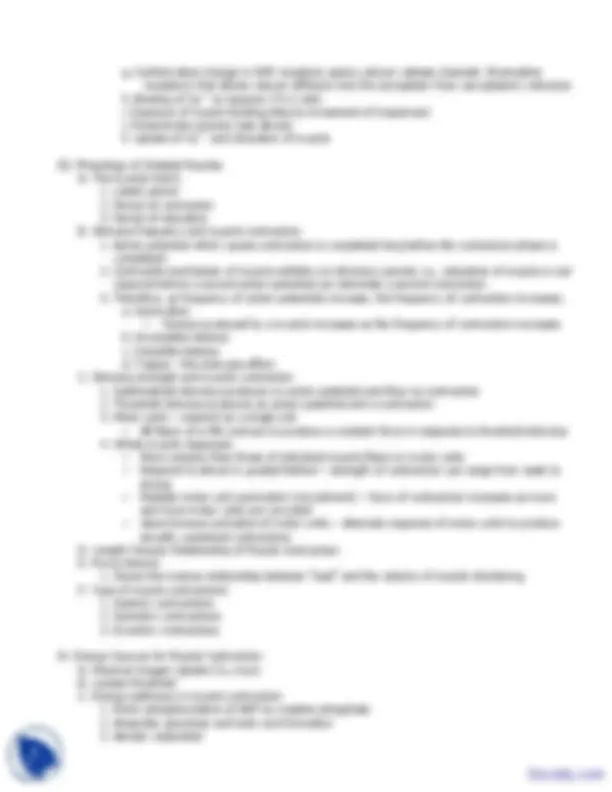



Study with the several resources on Docsity

Earn points by helping other students or get them with a premium plan


Prepare for your exams
Study with the several resources on Docsity

Earn points to download
Earn points by helping other students or get them with a premium plan
Community
Ask the community for help and clear up your study doubts
Discover the best universities in your country according to Docsity users
Free resources
Download our free guides on studying techniques, anxiety management strategies, and thesis advice from Docsity tutors
This lecture is taken from quiz of Physiology and Anatomy. Key important points are: Duration of Muscle Contraction, Force of Contraction, Velocity and Duration, Effects of Exercise, Smooth Muscle, Myosin Light Chain Kinase, Electrical Properties of Smooth Muscle, Stimulus Frequency
Typology: Exercises
1 / 2

This page cannot be seen from the preview
Don't miss anything!


V. Factors Affecting the Force, Velocity, and Duration of Muscle Contraction A. Factors affecting the force of contraction
g. Conformation change in DHP receptors opens calcium release channels (Ryanodine receptors) that allows calcium diffusion into the sarcoplasm from sarcoplasmic reticulum h. Binding of Ca++^ to torponin (Tn-C site) i. Exposure of myosin binding sites by movement of tropomysin j. Powerstroke process (see above) k. Uptake of Ca++^ and relaxation of muscle III. Physiology of Skeletal Muscles A. The muscle twitch